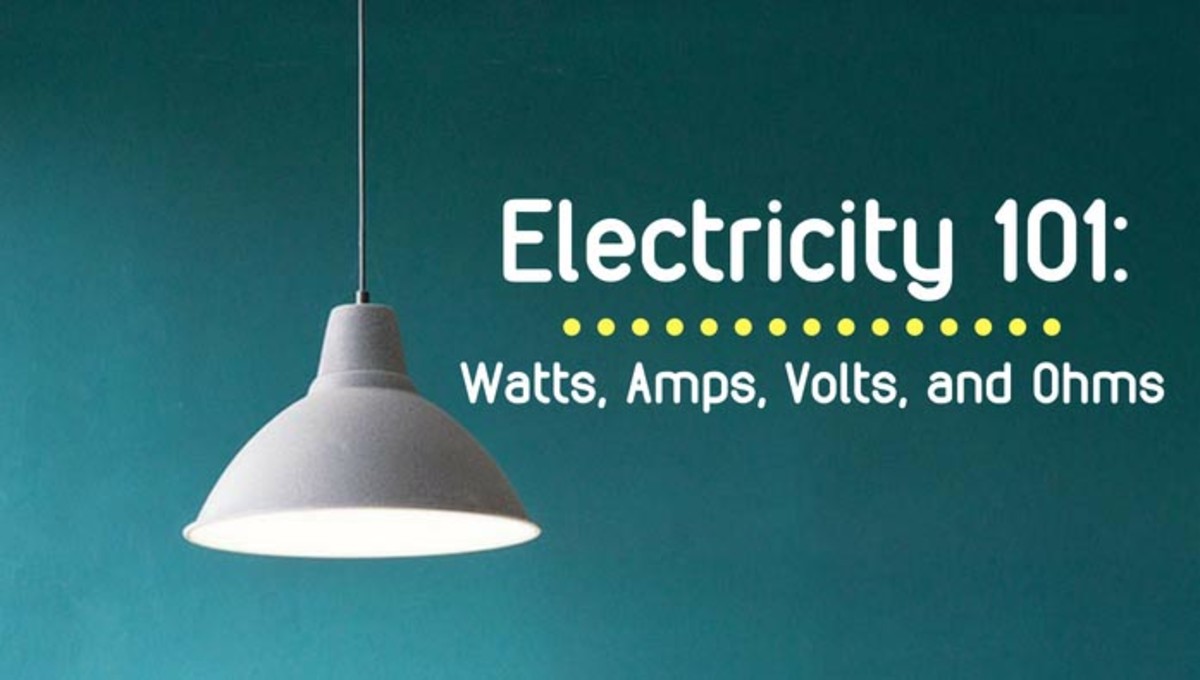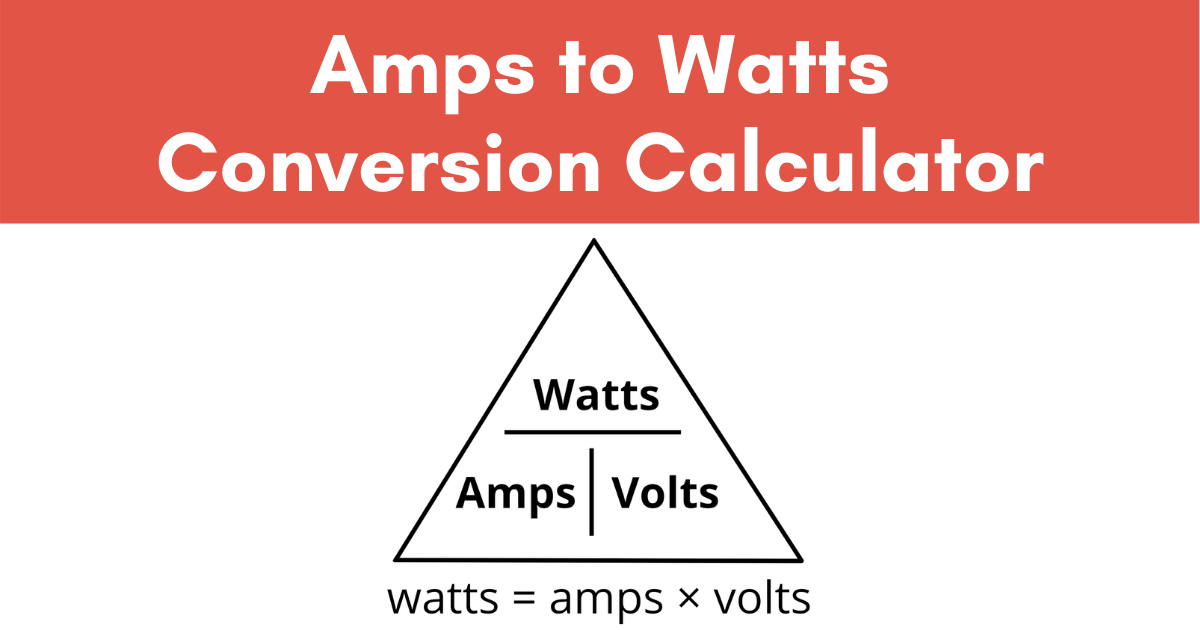

The wattage differs between solar panel models but is usually in the range of 275 and 400 DC Watts per panel.

If you’re looking for the figures to complete the “watt to amps” conversion, you should be able to find this either on the packaging of your solar panel or on the solar panel itself. The output rating of a solar panel is measured in Watts. If you're using a generator, you can check out our watt calculator for generators. We also have an easy-to-understand volt-to-watt conversion calculator. If you want to do the calculation the other way around and figure out the Wattage your system produces, check out our guide on the watt calculator.
#Watts to amps install#
You can also use this unit to calculate how much power your home uses, which can help you figure out how much money you’ll be able to save if you install a solar power system. Knowing the current flowing from your solar power system can help you figure out how many appliances it can power. Assuming we know that the current is 20 Amps and the voltage is 208, our equation looks like this: To prove this, let’s work backwards from the previous example. All you need to do is some basic algebra. Conversionsīut what if you already know the current, but you’re trying to figure out the wattage. See, easy! Your calculation would therefore be:Ĭurrent = 4,160 / 208. The answer is restructuring the formula to find the variable you’re missing. The problem, though, is that the formula is built around finding out the Wattage. You simply need to plug these values into the formula, and you can find the amps or current. Let’s say you have a power value of 4,160 Watts and a voltage of 208 Volts. Here’s an example of what it looks like when you use the formula, so you can see how simple it is to work out current. To put the calculation into simpler terms, this is the formula you’d be using for the watts-to-amps conversion: Watts = voltage x current.īelow, we’ll take you through an example to illustrate how easy this formula is to use. You’d therefore need the voltage to be able to complete your calculation. Watts are represented by P in this formula, which stands for power.Īmps are represented by I, which stands for current when doing electrical calculations. Please note, comments must be approved before they are published.Watt’s Law states that power is equal to the voltage multiplied by the current. Some of the benefits could be protecting yourself and your home from an electrical fire, evaluating or lowering monthly energy bills, and the basic understanding of what is going on inside your walls to power your home. It is important to understand the terms and how they affect your household. On the other hand, if the equipment you are trying to power only requires 120V and is plugged into a 240V circuit, your equipment will become damaged because it cannot handle that much voltage. If the appliance is starved for the voltage needed to kick the appliance on, it cannot run. Much like we need the energy to power ourselves. It is hungry for electricity to power it. Think of the large appliance as being hungry. Without the voltage level it requires (120V or 240V), it will not kick on to operate. Powering two on one circuit would use a higher wattage than your outlet would provide, requiring higher power. This would work because the higher wattage is required to power two microwaves. If you have a larger appliance or a need to operate two microwave ovens at one time, you could install a separate circuit with higher power (Wattage). You would not have enough power and would trip your 5-15 or 5-15/20 Amp circuit breaker. We figured out you can operate one microwave on your standard household NEMA 5-15 or 5-15/20 outlet, but to run two at once, would not work. While Volts are typically a fixed unit in the U.S., Watts is changeable. We used a basic equation to figure out the microwave will require 11.25 Amps of power to cook your food. As we know, it is capable of a single-phase of 1350 Watts. In the case of your home microwave, it is using the fixed, US Standard of 120 Volts. The most basic units of electricity are Voltage (V), Watts (W), and Amps (A). Electrical pressure, the strength of the current or voltage (V) is what makes the current flow. The electric current (I) is measured in Amps (A). Electricity is measured as an electric current. Electricity consists of electrons flowing through a conductor, such as an electrical wire.


 0 kommentar(er)
0 kommentar(er)
